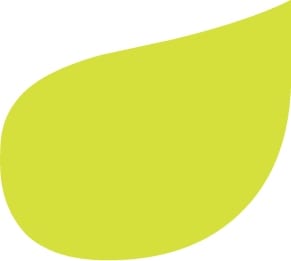The more you know about your skin condition, the better you’ll be able to treat it. Here’s a rundown of the five major types of psoriasis and how to identify them.
Psoriasis is a chronic, non-contagious skin condition that causes your body to overproduce skin cells, leading to scaly, red, and itchy skin. The condition can be severe, but it’s far from rare: according to the American Association of Dermatologists, approximately 7.5 million people are afflicted with psoriasis in the United States alone.
If you think you may be one of these millions of Americans who suffer from psoriasis, it’s important to seek treatment as soon as possible. Identifying potential symptoms of psoriasis can be difficult, however, if you’re not familiar with all the forms the skin disorder can take.
Here are the five major types of psoriasis and their associated symptoms:
1. Plaque Psoriasis
The most common form of the disorder, plaque psoriasis comes with everything people tend to most closely associate with psoriasis, namely: itchy red patches covered with a silvery white buildup of dead skin cells. The patches or “plaques” form in large areas on the scalp, knees, elbows, hands, feet, and lower back, and are prone to cracking and bleeding.
2. Guttate
Guttate psoriasis follows plaque on the list of most common forms of the disease, yet it affects only around 10% of psoriasis sufferers. It most commonly appears during childhood or early adulthood as small lesions. The bacteria that causes strep throat, streptococcus, is know to lead directly to psoriasis in many sufferers, especially children.
3. Inverse
This type of psoriasis generally appears on the sensitive areas of skin known as body folds — for example, under the knee, under the arms, or in the groin. The red lesions that result from inverse psoriasis may appear smooth and shiny, and they can be very painful. Because this condition occurs in crevices of the body, it’s often invisible to the outside observer — however, it can often coincide with other, more visible forms of the condition.
4. Pustular
Pustular psoriasis appears mostly on the hands and feet but can form on any part of the body. Its white pustules are surrounded by red skin and produce pus that consists of white blood cells. Fortunately, pustular psoriasis is not contagious.
5. Erythrodermic
This is a rare form of psoriasis that appears as a redness that covers most of the body. It is extremely itchy and painful, and it may cause the skin to shed rapidly. Erythrodermic psoriasis can be life-threatening, meaning that you should seek medical aid immediately if you are experiencing symptoms. It typically affects 3% of psoriasis sufferers, most commonly appearing on those who suffer from unstable plaque psoriasis.
If you think you might suffer from one or more forms of psoriasis, or if you simply want healthier skin, don’t hesitate to contact a licensed dermatologist for a consultation.

